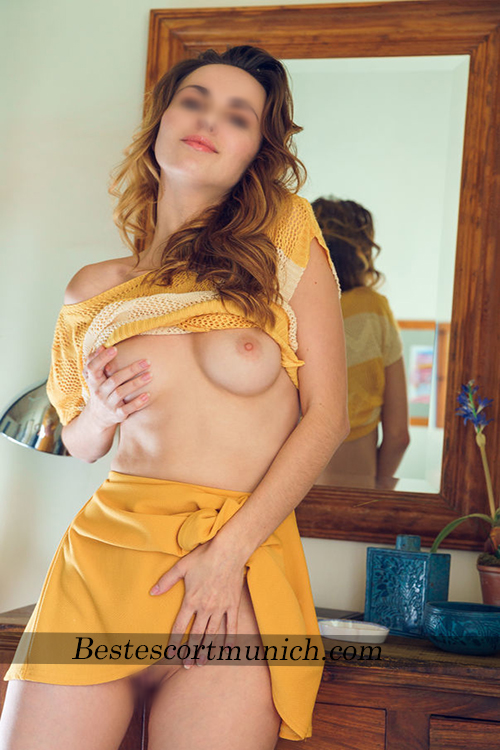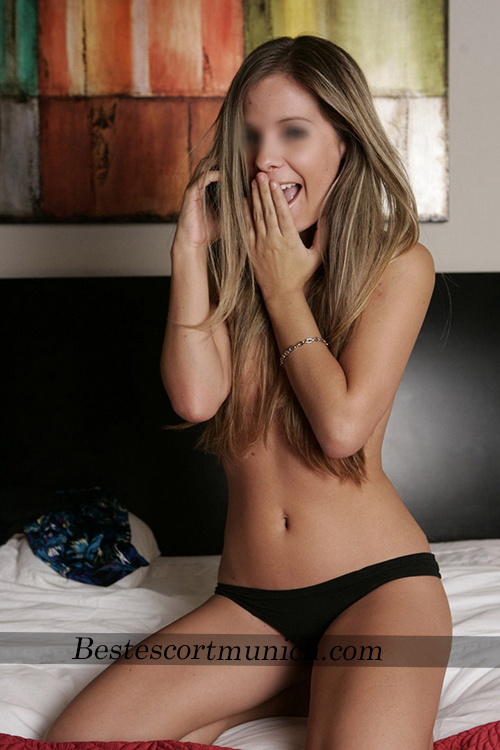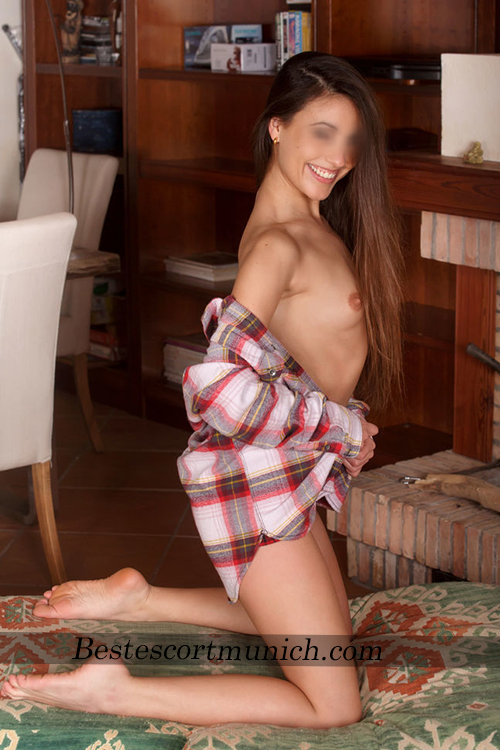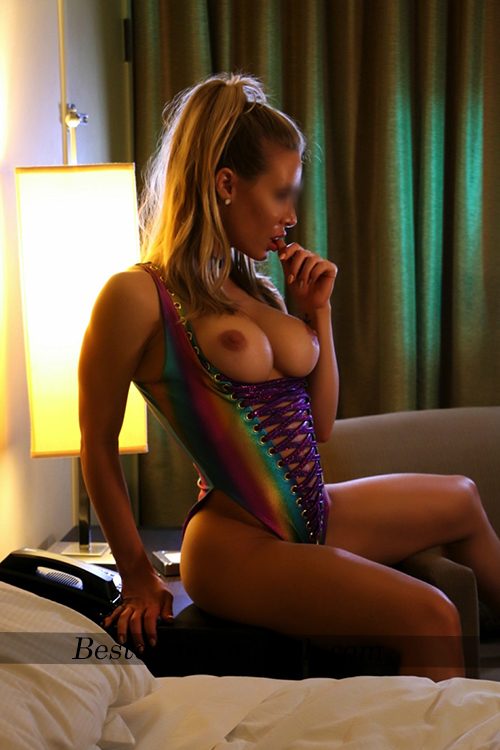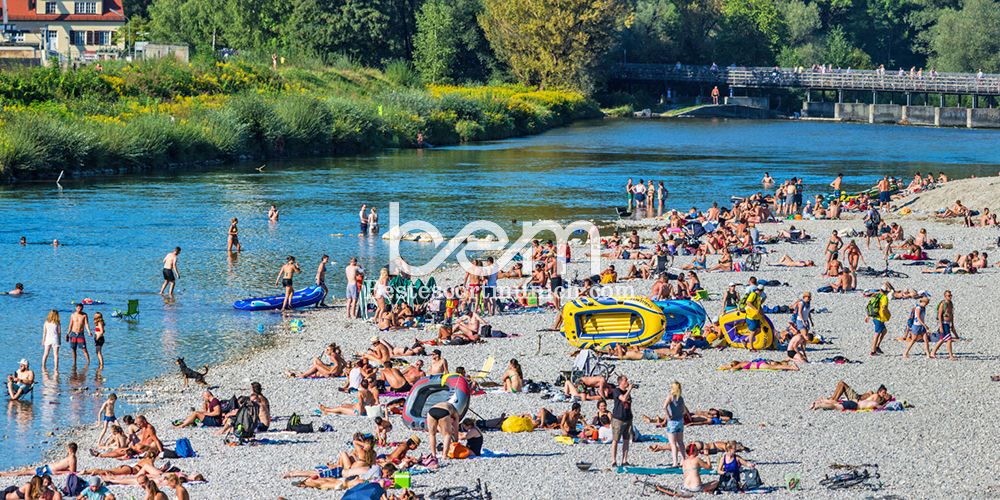
Best Escort Munich Agency
Sendling
24 Hours Escort Service Available In Sendling
Sendling is a site that defies categorization: it comprises various distinct areas, and the district’s ambiance and architecture are no less diversified. For example, Untersendling’s historic district has a rustic village character, and visitors may still visit Stemmerhof, Munich’s only remaining farmhouse hidden among lovely old residences. Obersendling, on the other hand, reflects the district’s more industrial side, as evidenced by the Siemens factory and industrial estate, as well as the workers’ housing neighborhoods and high-rise buildings. Between the two lies Mittersendling, where people congregate to enjoy attractions like the Flaucher riverbank region, Sendlinger Park, and the DAV climbing and bouldering center. Additionally, the district received new interest in 2021, with the relocation of the Gasteig cultural center to Sendling for the duration of its reconstruction work. at near this there are lots of erotic sex clubs and massage centers for relaxation and entertainment where you can have some erotic fun or better to call an escort to your private apartment or in your hotel room with a discreet service from Bestescortmunich.com.
Sex in Sendling
Sex entertainment is legal in this city and you can find escort models easily from the downtown of this area also considered this spot as a best adult red light area of Munich.
Since 1877, the district of Sendling has been a part of the city of Munich. However, this old rural community has existed for a far more extended period. Today, we find numerous items in Sendling that are just as vital to the area as they were in the past. Everything here has a story to tell, from the historic Stemmerhof to the monument to the Blacksmith of Kochel. The following sections will delve into a portion of the history of Munich’s sixth district. For eroticism the history of Brothels are very unique people are coming to enjoy sex with beautiful escort girls of Munich
Nobody is sure how long the Sendling district has been in existence. There are archaeological findings that indicate that people lived on the Oberfeld at the slope’s edge 4000 years ago. However, when did the formerly rural community acquire the name Sendling? Since when has the Stemmerhof existed, and what are the district Sendling’s most significant features? To discover these and other details, join me as I go through Sendling’s history – from the past to the present.
The settlement of Sendling developed to such prominence during the next few centuries that a south-facing gate served it in the 1320 construction of Munich’s second city wall – notably Sendlinger Tor. Lindwurmstrasse continues to serve the neighborhood today. From the 18th century, Sendling developed a suburban character: as industrialization progressed, several enterprises established factories in the community, notably Siemens and other tobacco makers. Additionally, housing developments for workers were constructed during this period. In 1877, the region was formally annexed by Munich.


